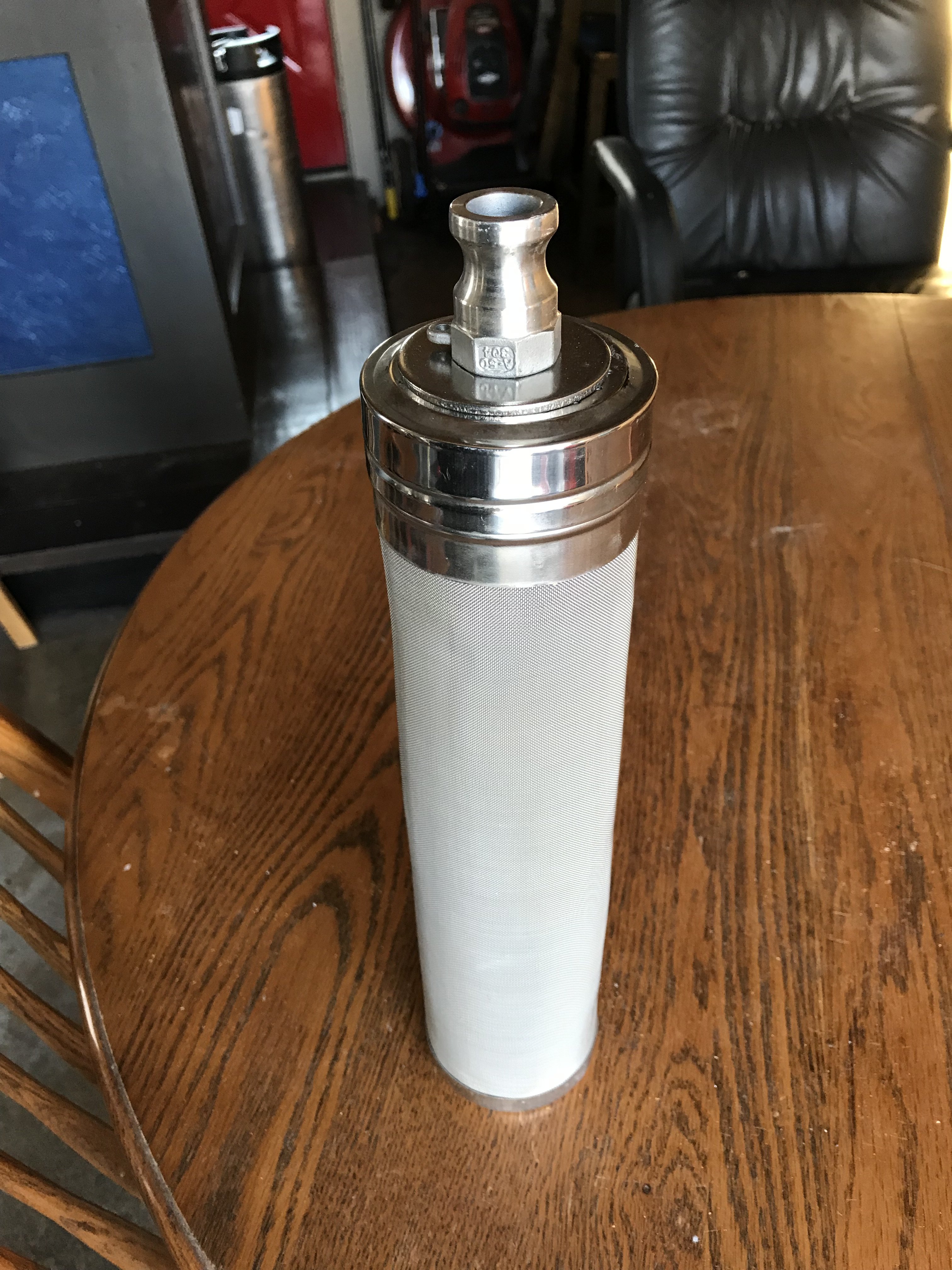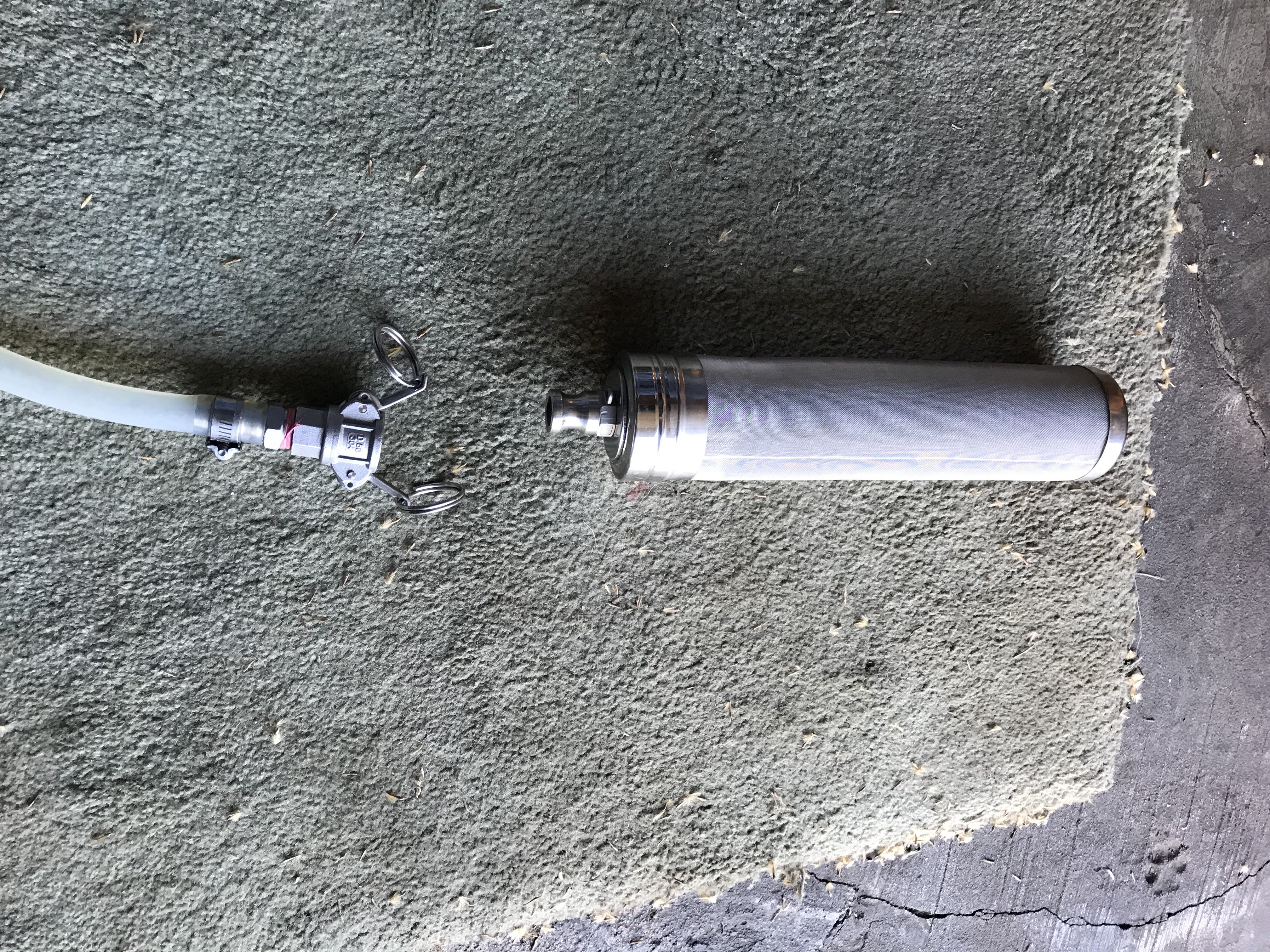I think if you chill it cold, remove chiller (assuming IC), then do whirlpool and let it settle at least 30m, and then use one of the filter canister you should be pretty clear.
they sell little 90s that can be used as a racking arm/pick up inside kettle. Haven’t tried but that might also help?
The mac daddy seems expensive vs the unit i bought, but appears the same canister. Even that amazon link shows an identical unit for 14bucks (freq. bought together). At that price, why not give it a go?
Also there are ph/ion situations that inhibit good hot/cold break. Dont recall but maybe investigate that as well. Since you seem to be following a pretty common process with whirlfloc, cooling, etc it might be something in the chemistry dept if your trub isn’t settling out well. Worth a little research.
they sell little 90s that can be used as a racking arm/pick up inside kettle. Haven’t tried but that might also help?
The mac daddy seems expensive vs the unit i bought, but appears the same canister. Even that amazon link shows an identical unit for 14bucks (freq. bought together). At that price, why not give it a go?
Also there are ph/ion situations that inhibit good hot/cold break. Dont recall but maybe investigate that as well. Since you seem to be following a pretty common process with whirlfloc, cooling, etc it might be something in the chemistry dept if your trub isn’t settling out well. Worth a little research.




























![Craft A Brew - Safale BE-256 Yeast - Fermentis - Belgian Ale Dry Yeast - For Belgian & Strong Ales - Ingredients for Home Brewing - Beer Making Supplies - [3 Pack]](https://m.media-amazon.com/images/I/51bcKEwQmWL._SL500_.jpg)












